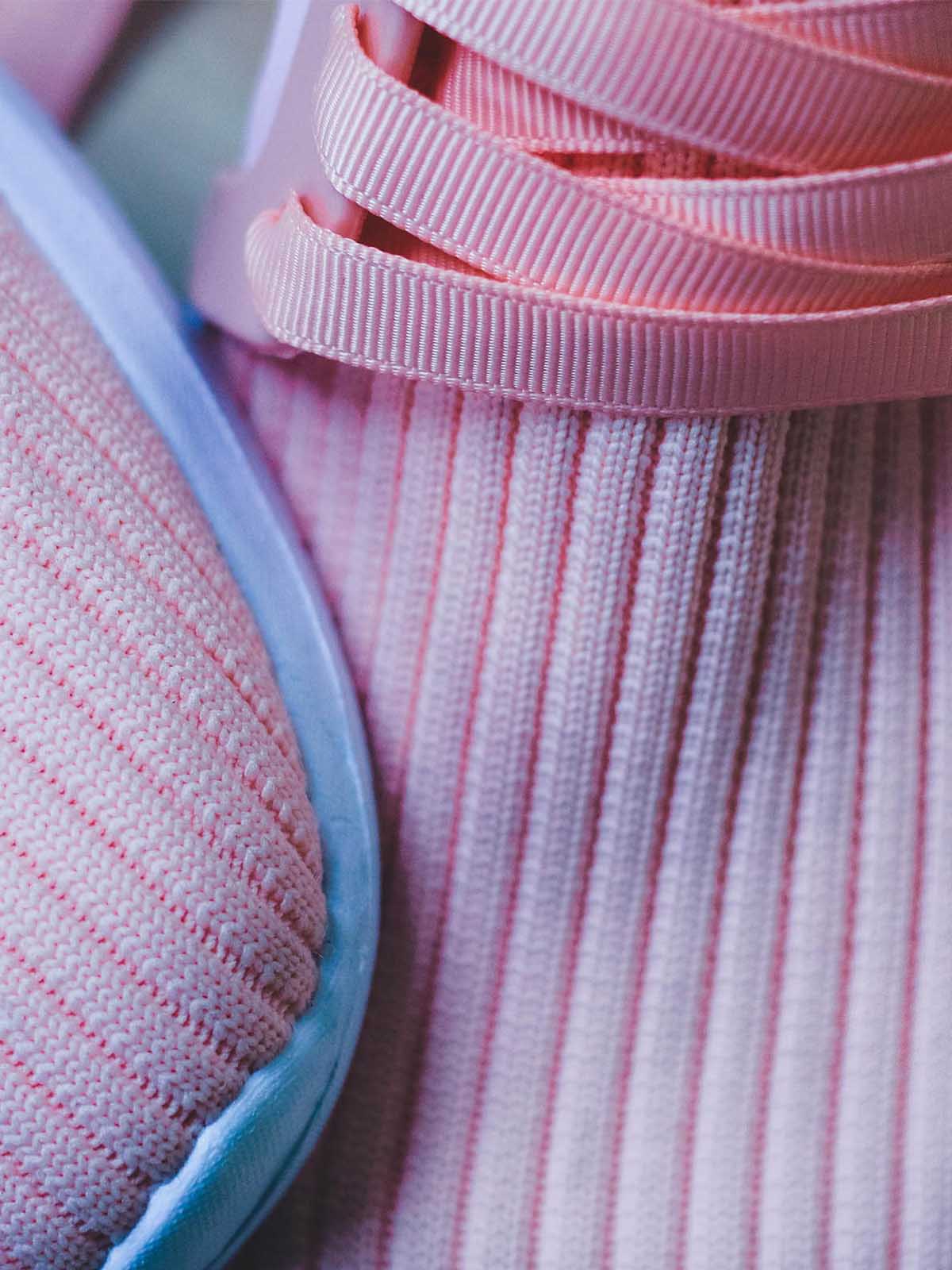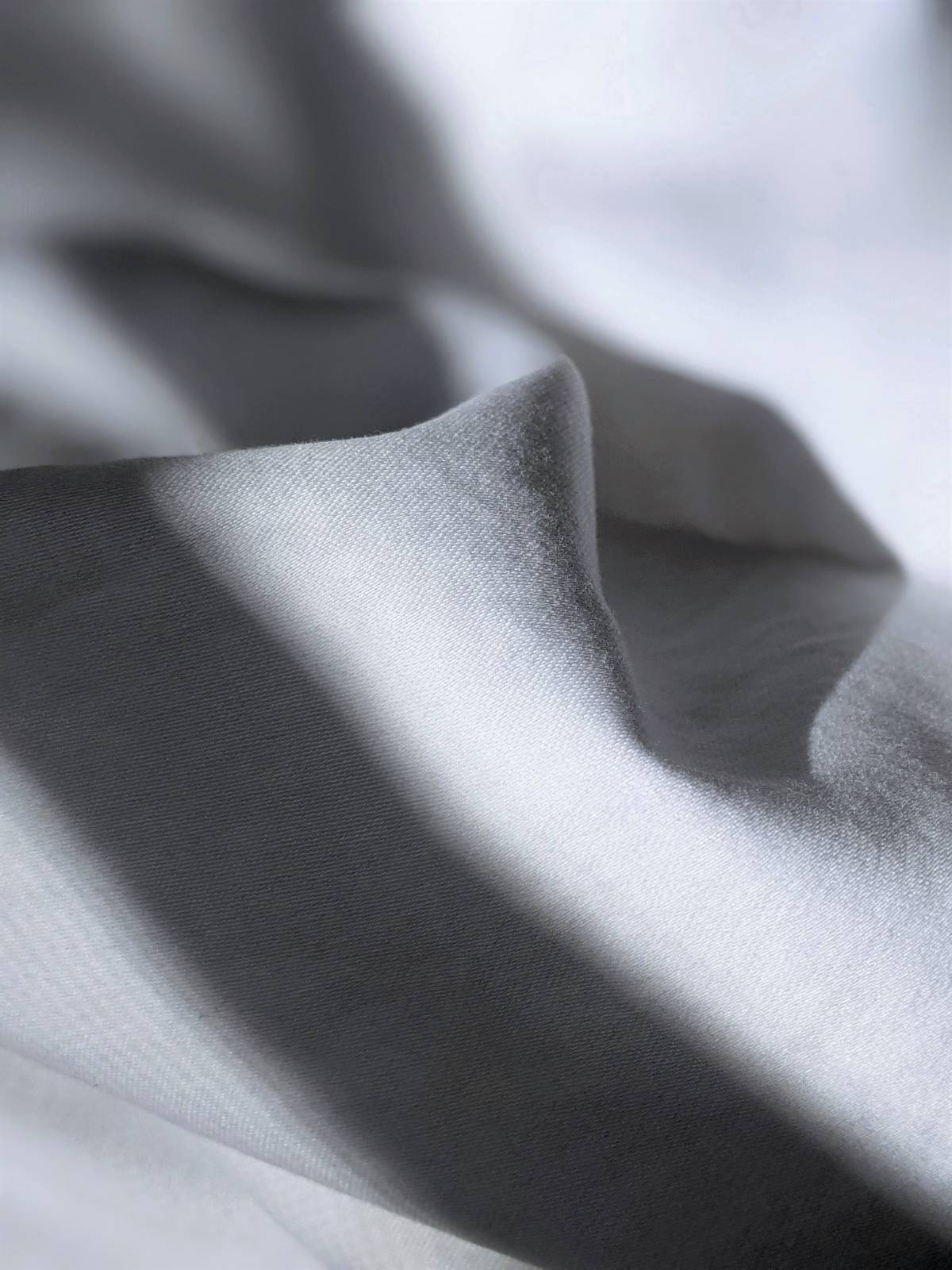If you’re becoming aware of your ‘leather footprint’, but not sure you want to give leather the boot, you’re in luck; ethical leather is on the rise as a serious sartorial alternative. Innovators and fashion designers are making lust-worthy products, with much less harm to the environment and animals.
So what’s the issue with traditional leather? Well, it’s certainly the end of the road for the cow! But it affects other animals too. Did you know that it takes three crocodiles to make just one of the many Hermes Birkin bags in Victoria Beckham’s wardrobe?
And the environmental and social impacts of the leather industry are just as troubling. Earlier this year, we took an in-depth look at these issues. It’s not always natural for us to consider the connection between rainforest destruction and those on-trend leather pants.
Massive tracts of the Amazon and other precious rainforest are cleared each year to produce beef and leather products. Waterways are permanently destroyed throughout countries like China, India, and Bangladesh, thanks to the heavy metals used in the tanning process for many of the leather brands we love.
Leather isn’t necessarily a by-product of the beef industry, as indicated by the world’s consumption of more and more cheap leather. And “vegetable-tanned leather” doesn’t produce a flexible enough textile for most uses in clothing and is less biodegradable than the real deal.
The obvious alternative is vegan leather, but does it really stop pollution? A lot of products marketed as vegan leather are actually made from PVC which releases chemicals such as dioxins, lead, mercury, and phthalates linked to diseases such as asthma, learning and developmental disabilities, as well as cancer. Nasty stuff to be avoided at all costs.
But it’s not all doom and gloom. For fabulous fashion that isn’t to die for, there are some exciting natural alternatives entering the market, like the gorgeous pineapple skin leather and stunning salmon and eel leather, made from seafood waste products. You can read more about this in an article we did earlier this year.
Check out a few more of our favourite ethical leather innovations which will keep us looking fashionably fierce whilst consciously content.
Leather you can compost
Suzanne Lee at BioCouture is growing a leather style fabric from a combination of green tea, sugar, bacteria, and yeast. (You read that right!) With a current lifespan of about five years, clothing can simply be added to the compost when it’s worn out. While her fabulous fabrics are not yet in commercial production, Suzanne Lee’s book, Fashioning the Future: Tomorrow’s Wardrobe is a visionary read available now!
Plant-based leather
Imagine creating community wealth from waste. Well, Jacinto and Lirio are an amazing Philippine-based company producing leather-styled products from two of the most invasive plant species in Asia – the water hyacinth and lily, (which is actually what their name means in Spanish!). Products range from totes to tablet covers but the innovative duo don’t stop there – Jacinto and Lirio use profits to invest in their local community with programs that empower girls and women through meaningful employment, protect the environment by returning rivers to their natural state and tackle entrenched poverty.
Cork leather
Cork leather is another stylish member of the luxe leather elite. The versatility of cork leather is incredible – clothes, shoes, bags, purses and wallets, business stationery, tablet covers, jewellery, hats, umbrellas… the possibilities seem endless! More than this, the eco-friendly properties of cork are amazing. It’s waterproof, fire-resistant and flame retardant, insulating, hypoallergenic, stain-resistant and dirt repellent. Basically it’s like music to our ears; it doesn’t fade and is not marked by water.
Cork leather is made from the bark of the beautiful cork tree, harvested, shaved and then glued to a fabric backing, giving a gorgeous, soft, luxurious and flexible feel.
And great news, you can buy it locally! Brisbane-based outfit Cork Leather are leading the way for Australians, while Have to Have in Sydney are producing stunning cork leather accessories for the ladies. We love this beautiful embroidered cork bag.
Bio leather
Some companies are even making faux leather that is machine washable – try doing that with leather (we’re joking…don’t!). Leading sports brands are working with Professor Richard Wool, who has developed an eco-leather alternative made from plant fibres and oils. As a professor of chemical and bio-molecular engineering at the University of Delaware, Richard Wool has been laminating layers of flax or cotton and plant oils together to create a breathable, leather-like material. While concerns have been raised about using oil which is a food source (think biofuel debate), this provides another stylish and exciting mainstream option for plant-based leather. With Puma, Adidas and Nike testing the product, we hope that it will hit retail shelves soon.
So how best to minimise the impact of our leather fashion choices? As we always say, shop wisely, invest in pieces that will last and care for them well. Go vintage or second hand, and if you are looking for ethical leather, look out for these fabulous plant-based options over plastic.




















